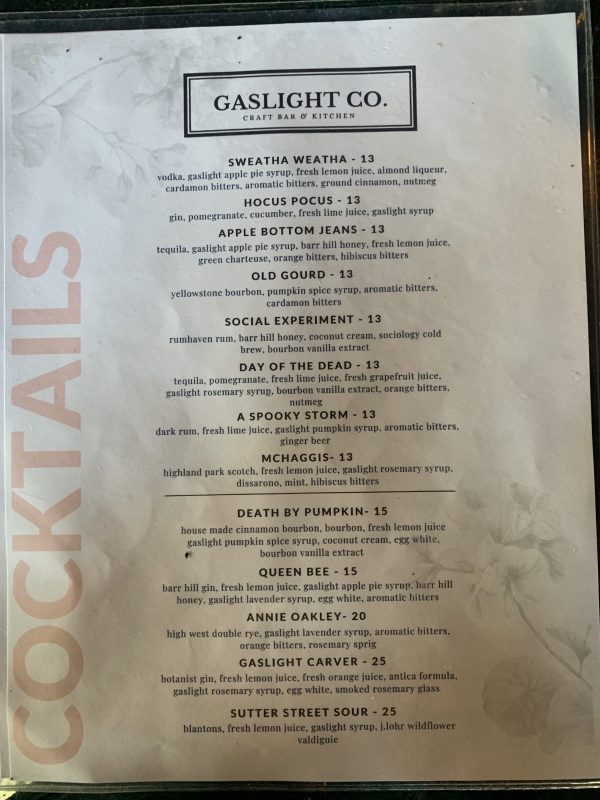6 Pack Luggage Tags for Cruise Ship Essentials for NCL, Princess, Carnival, Royal Caribbean and Celebrity Cruise Necessities by SEAVILIA
$5.09 (as of April 16, 2025 04:30 GMT +00:00 - More info)When dining in Italy, you might be surprised by an extra charge on your bill known as the “coperto.” This cover charge is a small fee per person that covers various table-related aspects, like your place setting, the basket of bread, and even the tablecloth. It also replaces the need to tip, making paying for your meal more straightforward. Although it may seem like an unnecessary expense, the coperto adds to the overall dining experience, ensuring the waitstaff is fairly compensated. Whether you’re enjoying a leisurely dinner or a morning coffee, understanding this tradition will enhance your Italian culinary adventure. Have you ever found yourself navigating the winding streets of Italy, ready to soak in the dolce vita and savor some authentic Italian cuisine, only to get the bill at a restaurant and be taken aback by an unexpected charge? You’re not alone! Dining in Italy can be a delightful, albeit sometimes confusing experience, especially when it comes to the concept of the “coperto.” Let’s dive into what this extra charge is, why it’s applied, and how it can actually enhance your dining experience when visiting this beautiful country.
Get an Official Zagat Restaurant Guide
What is a Coperto?
The coperto is a general cover charge that you’ll often find on your restaurant bill in Italy. Although it might seem mysterious at first, especially to first-time travelers, it’s a customary practice deeply rooted in Italian dining culture.
Definition and Meaning
The word “coperto” quite literally translates to “covered.” The charge doesn’t refer to any specific part of your meal. Instead, it covers various aspects of your dining experience, such as the table setting, the breadbasket, and even the tablecloth itself. On some bills, you might see this listed as “pane e coperto” (bread and cover), but the overarching concept remains the same.
A Small Yet Significant Charge
Typically, the coperto doesn’t exceed a few euros, making it a relatively minor addition to your total bill. But this small fee holds significant importance. Since tipping is not a customary practice in Italy, the coperto helps restaurants cover operational costs and contributes to the regular wages of the waitstaff. So, while it might seem like an unnecessary expense at first, it actually streamlines the dining process for both the patrons and the restaurant staff.
Why the Coperto is Charged
Understanding the rationale behind the coperto can make paying it a lot easier. Let’s take a look at some reasons why this charge is levied and why it’s actually beneficial for your dining experience.
Operational Costs
Running a restaurant involves various costs that go beyond just preparing the food. Elements such as table settings, bread, and the use of table linens are all accounted for by the coperto. By covering these expenses, the restaurant ensures that each guest has a pleasant and consistent dining experience.
Uniformity in Billing: A Blessing in Disguise
Since the coperto is a standard charge per person, it simplifies the process of splitting the bill among groups. Irrespective of what each individual orders, everyone pays the same coperto, making it straightforward to calculate each person’s share of the total bill.
Here’s a quick illustration to make it clearer:
| Number of Guests | Food & Drink Total | Coperto per Person | Total Bill |
|---|---|---|---|
| 1 | €20 | €2 | €22 |
| 2 | €40 | €2 x 2 | €44 |
| 4 | €80 | €2 x 4 | €88 |
As shown in the table, the coperto charge scales uniformly with the number of guests, reducing potential confusion when the bill arrives.

Get an Official Zagat Restaurant Guide
Tipping vs. Coperto
In many countries, tipping is not just customary but also expected. However, in Italy, the coperto often replaces the need for tipping. Let’s delve into why this is advantageous and how it affects your dining experience.
Cultural Differences in Tipping
In Italy, tipping is not a common practice. Service charges are usually included in your bill or handled through the coperto. This can be a refreshing change for travelers used to navigating the nuances of tipping in other countries.
Stress-Free Dining
Knowing that your server is adequately compensated through the coperto can make dining out in Italy a more relaxed experience. Instead of agonizing over how much to tip, you can simply pay your bill, confident that you’ve contributed fairly to the overall cost of your meal.
Exceptions to the Rule
While the coperto is a standard practice in most sit-down restaurants, there are a few exceptions:
- Touristy Areas: In highly touristic spots, waitstaff might still expect a small tip, especially if the service was exceptional.
- No Coperto Mentioned on Menu: If a restaurant does not mention a coperto on its menu, tipping around 10% for good service is a nice gesture.
- High-End Restaurants: In upscale venues, patrons often leave a nominal token of appreciation if they feel the service was above and beyond.
When and Where to Expect a Coperto
Not every meal in Italy will come with a coperto. Knowing when and where to expect it can help you budget more effectively and avoid any surprises.
Typical Applications
The coperto is mostly applied during formal meals such as lunch and dinner in sit-down restaurants. Casual meals or quick bites often don’t come with an additional cover charge.
Coffee Breaks and Quick Snacks
Interestingly, even a morning coffee break may see an added charge if you decide to sit down. If you choose to stand at the bar to enjoy your coffee, you only pay for the coffee itself. However, opting to sit will likely incur a small “al tavolo” charge, similar in spirit to the coperto.
Here’s a comparative look:
| Dining Experience | Seat Preference | Additional Charge |
|---|---|---|
| Morning Coffee | Standing | None |
| Morning Coffee | Seated | Al Tavolo |
| Sit-down Dinner | Seated | Coperto |

Coperto: A Cultural Insight
Italy’s coperto is more than just a financial charge; it offers a unique glimpse into the country’s rich culinary culture and traditions.
A Legacy of Italian Hospitality
The practice of charging a coperto has historical roots that go back centuries. It encapsulates the essence of Italian hospitality, ensuring that every guest experiences a well-prepared and well-presented meal.
Embracing the Slow Pace
Italian meals, particularly lunch and dinner, can be leisurely affairs that extend over several hours. The coperto reflects this cultural norm, allowing diners to take their time without the pressure of turning tables quickly.
Enhancing the Dining Experience
Instead of viewing the coperto as an unnecessary fee, consider it as part of the comprehensive dining experience that Italy offers. Whether it’s the freshly baked bread, the meticulously set table, or the ambient atmosphere, the coperto contributes to making your meal memorable.
Tips for Dining in Italy
To get the best out of your dining experience in Italy, it helps to be prepared. Here are some handy tips:
Always Check the Menu
Coperto charges should be listed on the menu. Always take a quick glance to see if it’s mentioned so that you’re not caught off guard when the bill arrives.
Enjoy the Atmosphere
Part of the joy of dining in Italy is the relaxed pace. Take the time to savor your meal, enjoy the company, and soak in the surroundings. The coperto ensures you have the luxury of time without the worry of additional tipping.
Adapt to Local Customs
When in Rome, do as the Romans do! Embrace the local dining customs, from the coperto to the practice of having an aperitivo before your meal. This can make your experience more enjoyable and authentic.
Ask If Unsure
If you’re ever uncertain about the charges on your bill, don’t hesitate to ask your waiter. Italians are generally very hospitable and will explain any charges to you.
Conclusion
Dining in Italy is an experience to be cherished, and understanding the coperto is key to appreciating this aspect of Italian culinary tradition. While the idea of an extra charge might initially seem perplexing, it ultimately simplifies the dining process and contributes to a more relaxed, enjoyable meal. So next time you’re sitting down in an Italian restaurant, remember that the coperto is there to enhance your experience, allowing you to focus on what truly matters: good food, good company, and the joy of savoring life, one meal at a time. Buon appetito!






